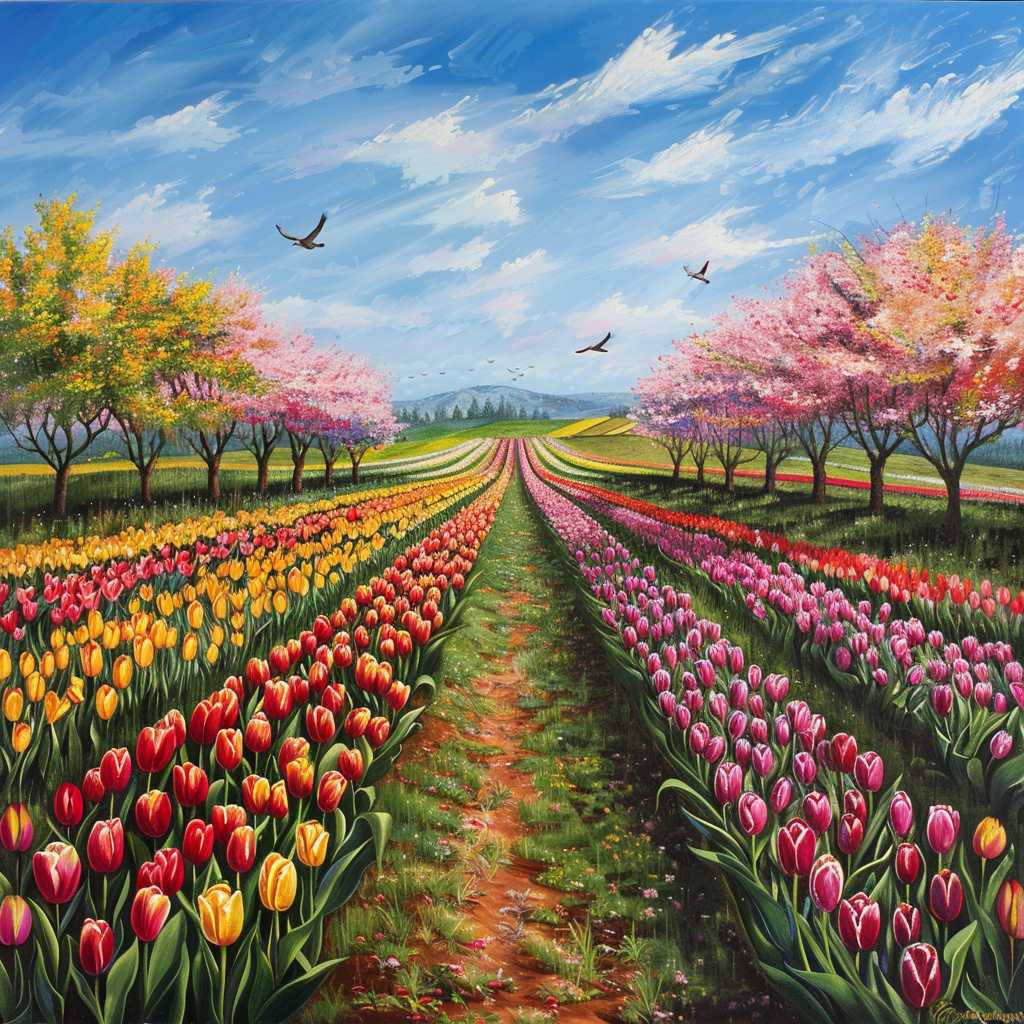Celebrating the Arrival of Spring 2024: A Fresh Start for Nature and Traditions Anew
As the earth revolves around the sun, one of its most wondrous cyclical events plays out with the arrival of spring. With the vernal equinox, usually occurring on March 20th or 21st, 2024 will welcome the first day of spring—a time universally recognized as a period of rebirth, growth, and renewal.
What Is The Vernal Equinox?
The vernal equinox is the moment when the sun crosses directly over the Earth’s equator. On this day, both day and night are approximately equal in length, a phenomenon that heralds the beginning of spring in the Northern Hemisphere. This equinox marks one of the two periods in the year when darkness and light are balanced, symbolizing equilibrium before the days begin to stretch longer than the nights.
Astronomical Significance and Solar Cycles
Understanding the vernal equinox requires a glimpse into basic astronomy. Due to the Earth’s tilted axis as it orbits the sun, different parts of the planet receive varying amounts of sunlight throughout the year. These celestial mechanics give rise to our seasons. As Earth continues its path around the sun, it tilts to affect seasonal changes. The vernal equinox signifies a pivotal point in this solar journey.
Cultural Celebrations and Traditions Around the World
Across cultures and civilizations, spring’s onset is celebrated with festivals, rituals, and traditions. In many societies, these celebrations are deeply rooted in agricultural practices that depended on seasonal change.
In Japan, the first day of spring coincides with “Haru no higan,” a Buddhist holiday during which people visit family graves and hold services to pray for their ancestors. Iranian families celebrate Nowruz, also known as Persian New Year which falls on the vernal equinox and invests in nature by planting trees or having picnics alongside nature trails. The ancient Mayans were known to celebrate at Chichén Itzá with the “return” of Kukulcan, as the play of light and shadow during Equinox would cast a serpent-like shadow along the steps of their iconic pyramid.
European traditions like egg decorating and maypole dancing have pagan roots connected to Eostre, an Anglo-Saxon goddess associated with spring. This is reflective in some contemporary Easter celebrations which overlap with these older rituals.
Spring’s Effects on Flora and Fauna
Nature flourishes as warmer temperatures invite a kaleidoscope of life. Flowers such as tulips, daffodils, and cherry blossoms erupt in vibrant colors as they bloom, transforming environments into painted landscapes bursting with life. Animals also begin to emerge from their winter hideaways while migratory birds return to their breeding grounds.
This period is characterized by increased activity in ecosystems as more sunlight and warming trends spur growth across many biomes. Farmers and gardeners begin planting crops and early spring vegetables during this fruitful time.
Environmental Concerns and Awareness Campaigns
The arrival of spring also provides a platform to address environmental concerns such as climate change which affects seasonal timing and traditional phenology observed by various species. Conservation groups often launch campaigns during this period to promote awareness about biodiversity loss and habitat destruction.
These actions can include community projects like tree-planting initiatives that augment urban green spaces or cleaning efforts aimed at reducing pollution within local waterways.
Health, Wellness, and Spring’s Renewal
After long months shrouded in winter’s chill, individuals often use spring’s arrival to jumpstart healthier lifestyles. From exercise regimens that capitalize on better weather to cooking with fresh seasonal produce that appears in markets; wellness becomes intertwined with spring’s narrative.
Mental health also often sees improvement in this season, as brightened days can lead to reduced symptoms of seasonal affective disorder (SAD).
